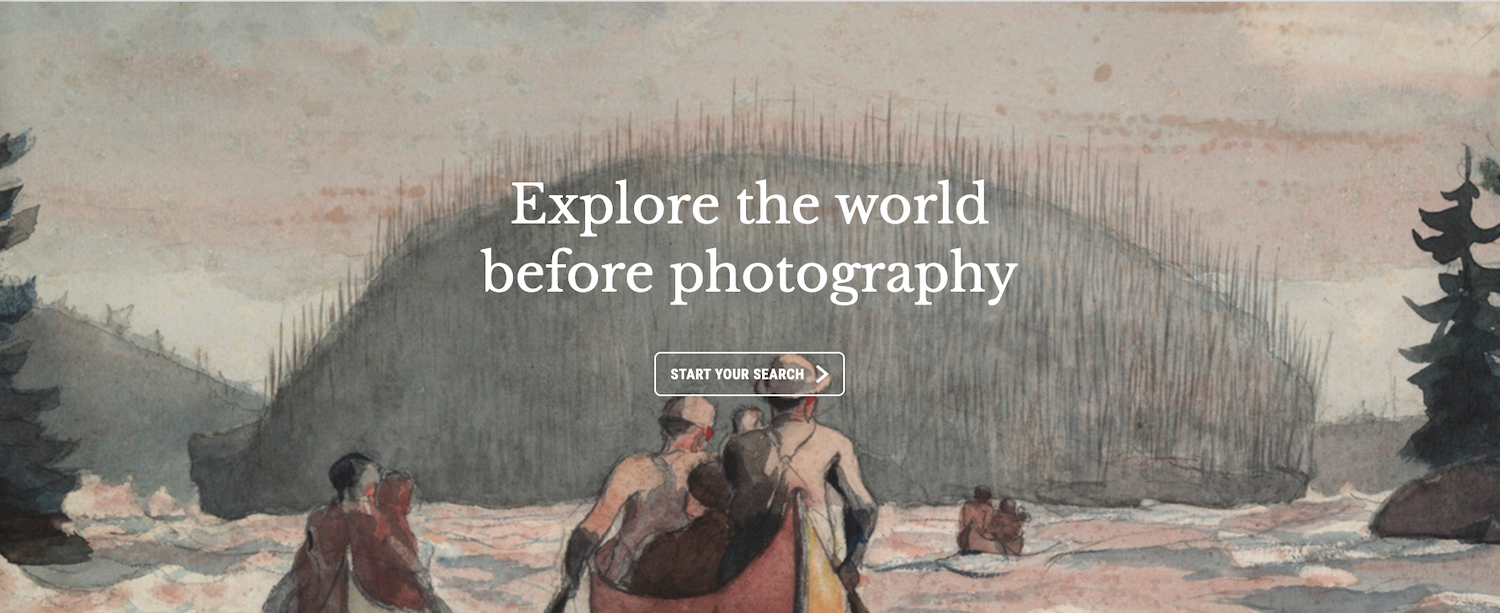The devastating effects of climate change are becoming increasingly apparent every year. However, there are still those that have their doubts about the role climate change is playing in shaping the planet. Visual evidence is one of the biggest motivational tools we have at our disposal when it comes to educating others about the effects of the climate change on the environment.
While recent documentation through photography shows us some astonishing planetary changes, it’s the images that pre-date modern technology that really show us how devastating climate change has been all over the world.
A Glimpse into the Past
These images are often hard to come by, however, thanks to Watercolour World we are now able to look back into the natural history of our planet and see exactly what certain parts of the Earth’s landscape looked like long before we even understood the effects of climate change.
Hosting a digital library of watercolour paintings that date back to before 1900, Watercolour World documents these images and provides us with an accurate insight into the changes that have occurred to our landscapes and seascapes over the last 120 years. Watercolour World is supported by Javad Marandi from the Marandi Foundation, an organisation that is dedicated to providing opportunities in education for disadvantaged young people in the UK and giving them access to art and culture.
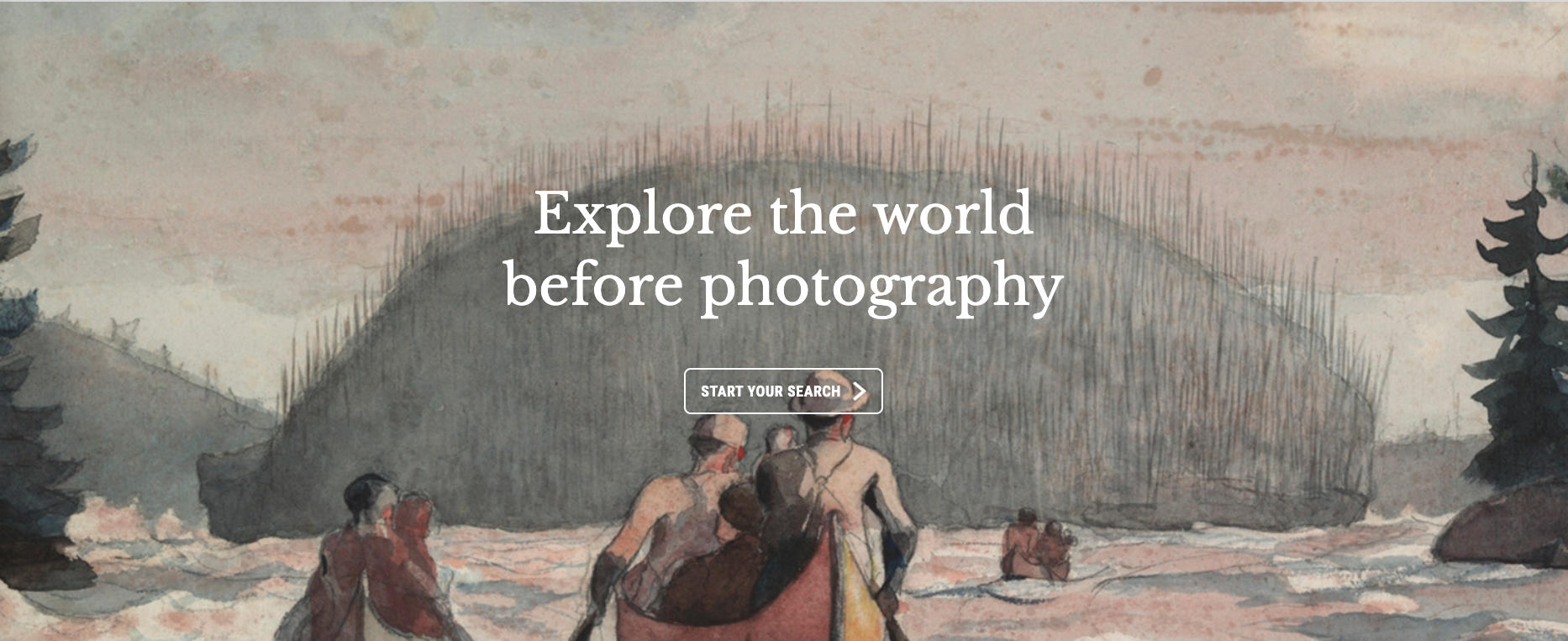
It’s through this support that Watercolour World is able to keep sourcing and digitising these paintings, educating us about the past and giving us a glimpse into the way the world looked before we started using modern technology to documents the planet we call home. Come with us as we embark on a virtual tour of some of these paintings and discuss how they can show us exactly how devastating climate change has been to our planet, and how they can inspire us to make a change moving forward.
The Changing Landscape
One of the most powerful pieces of art displayed on Watercolour World was painted by Joseph Mallard William Turner and dates back to 1804. This beautiful watercolour painting depicts the Glacier des Bossons and Mer de Glas at St. Gotthard Pass, which at the time was described as ‘Flowing rivers of ice, 200 feet deep’:
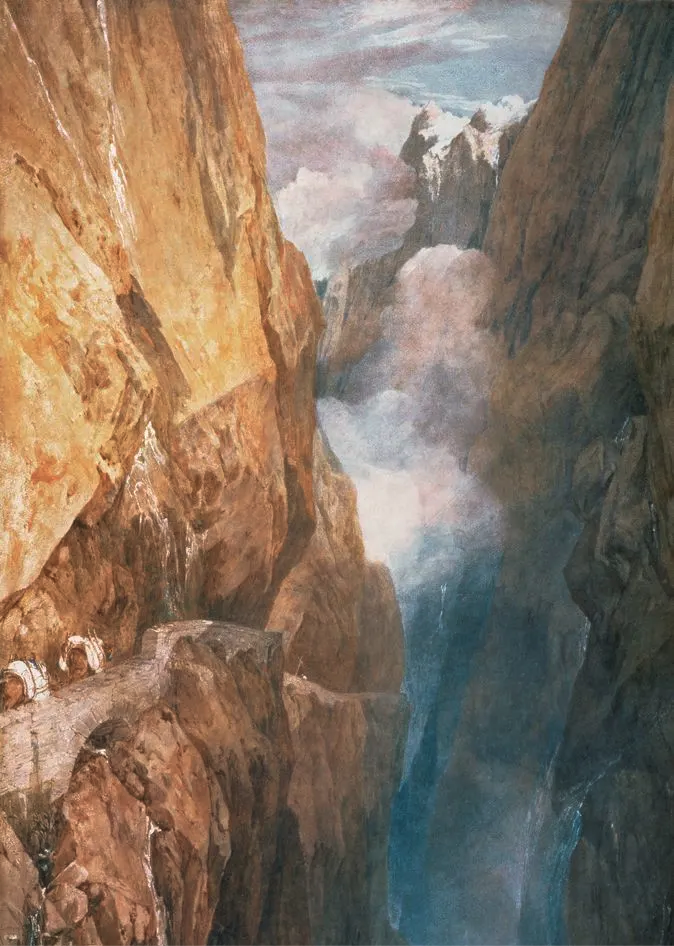
Scroll a little further down the page, and you’ll see how artist Emma Stibbon found the glacier when she returned to the exact same location over 200 years later. Standing at the same spot in which the original painting was created, Emma made a cyanotype (a photographic printing process using a light-sensitive iron-based solution which is then exposed to the sun or a UV light). The changes in the landscape are unbelievable:
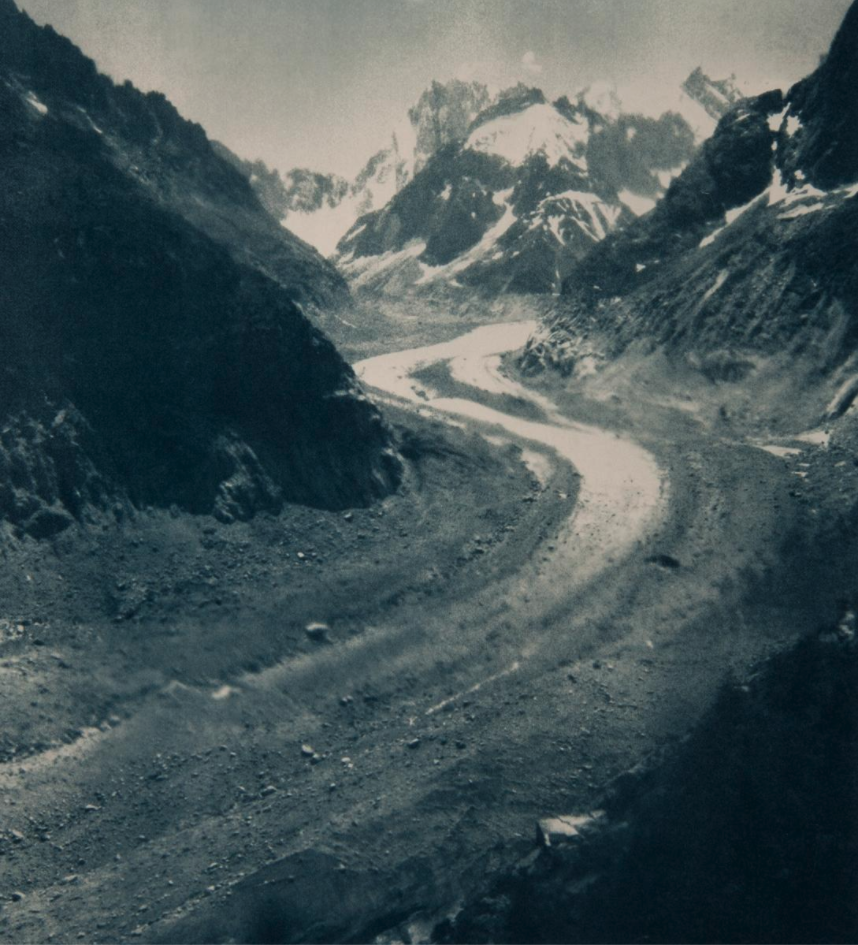
The once thick glacier has now all but disappeared, leaving behind a dry bed of ground that could easily be crossed by foot, something that would have been inconceivable at the time the watercolour was painted.
Endangered Species
As the planet continues to be devastated by climate change, so does the wildlife that sets up home across a variety of landscapes. Melting Arctic ice, hibernation ending before time and saltwater inundation from tidal surges are all effects of climate change that are wreaking havoc on wildlife all over the world.
Another poignant collection of paintings displayed on Watercolour World shows us certain species of animals that have become endangered over the last 120 years, and even some that have sadly become extinct due to climate change and hunting. Within this collection, you’ll find a watercolour painting of a polar bear that dates back to the 18th century:
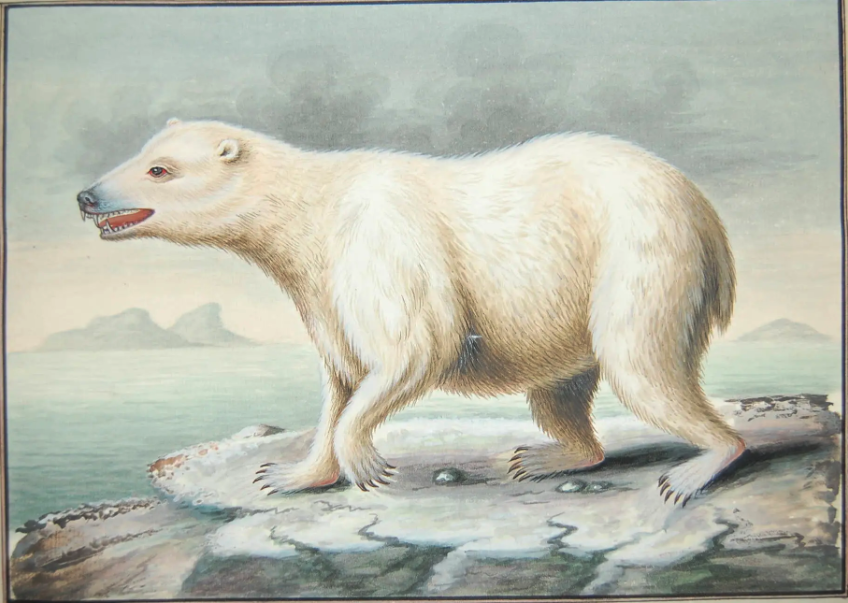
Arguably one of the most threatened species from changes in the climate, their ability to feed in their natural environment has been dramatically reduced due to the rapidly receding ice.
Future Hope
Looking at these paintings, seeing how the world has changed and how once-thriving species have since begun to decline over the past century helps to give us the wake-up call that we all need to start playing our part in reversing climate change. However, it’s not necessarily all doom and gloom! Instead, we can use some of these historical paintings to inspire us into finding a new way of creating energy without the need for burning fossil fuels.
Take this collection of paintings entitled ‘How Windmills Shaped the World’ for example. Centuries ago, people used the power of the wind to grind flour, make paper and even cut timber. It’s this windmill technology that inspired the invention of wind farms and the renewable energy they produce:
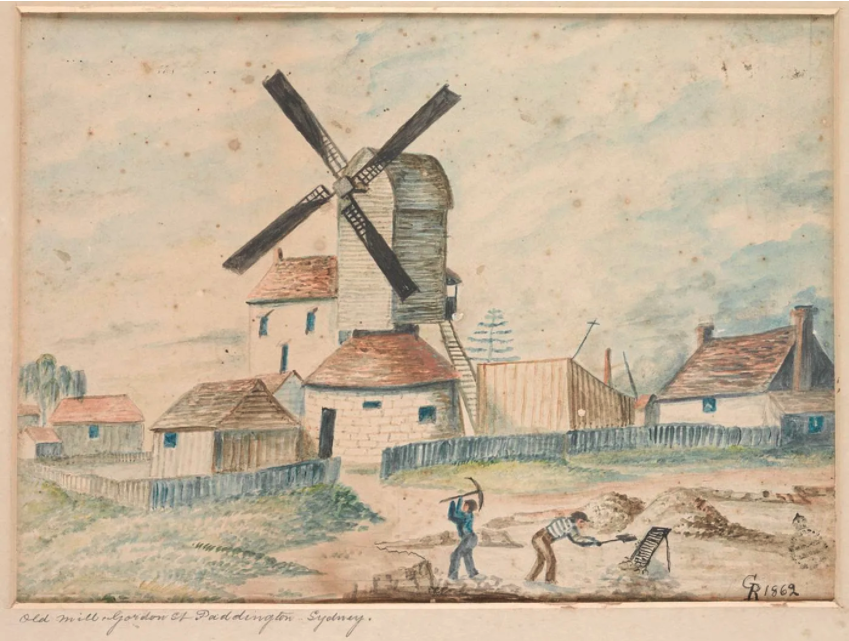
Images of past travel methods may also inspire us to think about how much of a carbon footprint we’re leaving behind through regular air travel or driving and look towards cleaner or more energy-efficient ways of getting to where we need to go. Looking back over the years shows us how humans used to carry out their day to day tasks and create materials long before the industrial revolution, so who knows what inspiration future generations could pull from these paintings to create even more sources of clean, renewable energy.
Why Preserve These Paintings?
Preserving these historical paintings allows us to learn from the past, inspires us to make changes moving forward and helps to provide us with a clearer picture of how much damage climate change has caused to the planet before modern methods of documentation. It’s also incredibly important that these paintings aren’t lost to the ages, and by preserving them in a digital format Watercolour World are keeping them vibrant, detailed and safe from fading over time.
Digital preservation of these paintings also makes them easily accessible from anywhere in the world, so they can be enjoyed by anybody at any time without needing to travel far and wide to see them.

